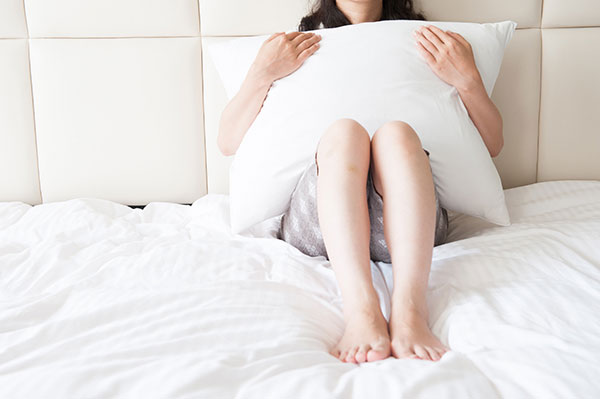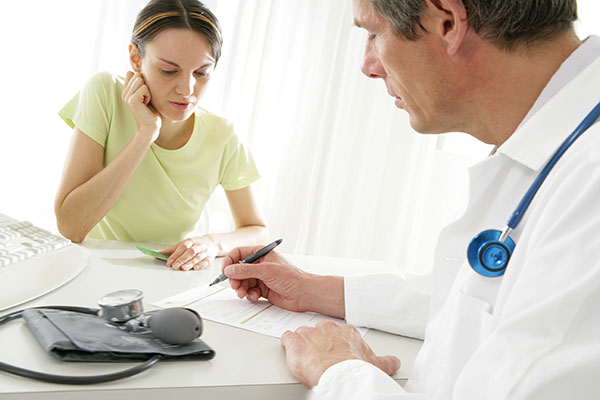If you think you may be suffering from a vaginal yeast infection, here is some useful information to help you recover as quickly as possible.
A common infection
Do you think you have a vaginal yeast infection? Don’t panic! This type of infection occurs in 75% of women at least once in the course of their lifetime. Fortunately, it can easily be treated and cured.

The causes of a vaginal yeast infection
A yeast infection occurs due to the proliferation of yeast (fungus called Candida albicans), microorganisms normally present in the vagina. This can often be explained by changes of the normal protective acidity in the vagina. There are various risk factors related to a vaginal yeast infection, including:
- humidity, heat, sweat or poor personal hygiene in the genital area
- exposure to irritating products (e.g. soap or vaginal douche solution)
- contact with a sexual partner carrying the microorganism (yeast)
- taking certain medication such as antibiotics, cortisone, oral contraceptives, and products used in chemotherapy
- pregnancy or certain health conditions such as diabetes and AIDS
Manifestations of a vaginal yeast infection
The most frequent signs and symptoms of a vaginal yeast infection generally appear three days after the infection itself. Symptoms include:
- curd-like vaginal discharge that is sticky and thick but odourless
- intense itching, burning sensation, redness and swelling of the vulva
- red blotches or sores if the area around the vulva has been scratched
It may be difficult to determine if symptoms are due to a yeast infection or to another type of infection, for example, a sexually transmitted infection (STI) or bacterial vaginosis. It’s important to correctly identify the cause of symptoms in order to adequately treat the infection and avoid the risk of transmission and complications.
Reasons to seek medication attention
If you have received a prior diagnosis for the infection, you will probably recognize most of the signs and symptoms and can choose an over-the-counter treatment. However, if this is the first time that you have a vaginal yeast infection, see a doctor before trying any treatment. You should also consult a doctor if:
- you have unusual symptoms such as fever, chills, nausea, vomiting, diarrhea or abdominal pains
- vaginal discharges are coloured or foul smelling
- you are pregnant or have health problems (e.g. diabetes)
- you have had several vaginal yeast infections in recent months
- you think you are at risk of having an STI (e.g. genital herpes) or have already been affected by one

Treating a vaginal yeast infection
Various treatments can be used to eliminate a vaginal yeast infection. The medications intended for this purpose are called antifungal agents (products that eliminate fungus). Several are sold over-the-counter in the form of creams, tablets or vaginal suppositories. They must be applied once a day at bedtime. Duration of treatment varies from one to seven days. Symptoms begin to resolve after a single treatment and healing occurs in three to six days.
An over-the-counter oral treatment is also available in a single dose tablet form. Its action lasts for several days. Side effects are quite rare, but can include headaches or stomach aches, nausea or diarrhea. To obtain this medication, a brief consultation with a pharmacist is required and the information will be recorded in your pharmacological record. This treatment is usually appreciated for its ease of use.
It is important to read the medications' instructions for use and to follow the pharmacist's recommendations. See a doctor if symptoms persist seven days after the treatment began or if they reappear.
Consult your pharmacist if you experience signs or symptoms of a vaginal yeast infection. He/she can direct you to the appropriate resources or recommend the best treatment!

